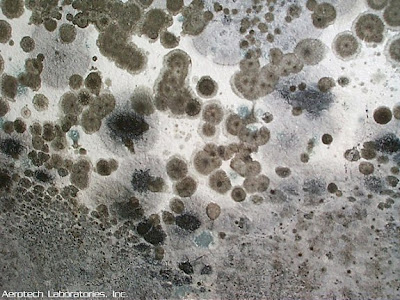Eliminate Mold with Smart Bathroom Construction
So, I hope you’re not eating right now. This topic has some yuk factor as it is. And..I added some photos to the post because you told me you’d like more photos in my posts. 🙂

I recently attended an important presentation about the fight against mold in construction for bathrooms – and so wanted to include this important info for those of you about to undertake a bath reno at this time as many of my clients are. If you’re like most of my clients, your head is dancing with sugarplum visions of beautiful new cabinetry, dreamy tile and the perfect luxury counters. Well, snap out of it Cinderella. Before you can go to that ‘ball’ – …we have make sure you and your Prince Charming are safe in that stunning new bathroom installation. So you’ll want to be sure to discuss the topic of of mold fighting building standards with your builder before you sign on the dotted line and spend your hard earned dollars.
How do we build a tile or stone construct to eliminate mold and mildew in the discussion? This includes eliminating “potential” mold.
There are 3 types of mold you must be concerned about:
1) Potential Mold (mold that could come one day)
2) Superficial Mold (topical – you’re probably familiar with it)
3) Existing chronic mold – which means the mold has gotten into drywall which it is good neither for your health nor your home value.
It’s important to understand that mold is a living organism and is ever present. It can grow on virtually any organic surface but to thrive, mold requires 3 things: moisture, an organic food source and oxygen.
Now, stone, tile and cement base are NOT food sources for mold and they are in themselves not mold magnets. So why do you see mold on them? The causes of chronic mold in the bath are usually: inadequate construction detailing, lack of proper water proofing, the use of organic adhesives in a wet area and/or the use of inappropriate tile backer.
Water proofing properly is huge to your success in the fight against mold. Be sure too that your builder is using setting products in the bath that are mold inhibiting…most say waterproofing…but for better protection, go for mold inhibiting a well. Also important to understand is that drywall and even gboard are not waterproof! The better choice is something called Cement-Backer-Board. It’s a dry-wall like product designed specifically to go behind ceramic tile. It may cost more in labor and materials, (It’s said to be more challenging to work with) but the long term payoff is there.
Equally critical in the mold-war as keeping moisture out of the construct – is insuring adequate ventilation in the bath. After all, showers are wet. That’s what we like about them. Thus proper ventilation of all that steam is critical, otherwise superficial mold can grow. Do be sure to discuss with your design/build team if you need to add ventilation in the bath prior to construction. It may raise your costs…but you don’t want to deal with mold rampant dry wall or tile 5 years after your dream bathroom is installed.
And finally – do be careful how you clean in the bath area. Some cleaners have organic compounds (ie…lemon oil….) which is a problem if you recall that mold needs organic compounds as a food source. pH neutral cleaning products are ideal, but DO be sure that they are safe for tile or your stone. Some pH neutral cleaners could be a real disaster for tile/stone so do check for tile/stone safety.
For more info, try checking out sites like: www.doctorfungus.org.
